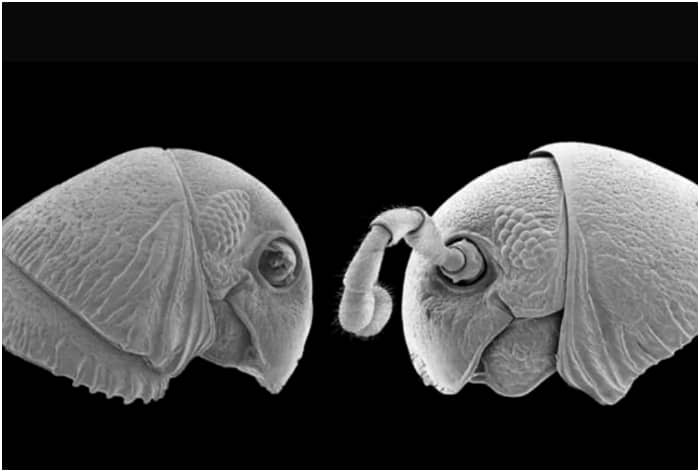Alien Like Creature: Scientists recently discovered a new genus and five new species of millipedes in the remote, dense jungles of Tanzania,
Alien: In a major discovery, researchers from the University of Australia's Sunshine Coast recently found a new genus and five new species of millipedes in the remote, dense jungles of Tanzania, South Africa. These researchers, including international collaborators, visited the Udzungwa Mountains and conducted their research on tree and vine growth, the New York Post reported. Interestingly enough, USC professor Andy Marshall compared the heads of the centipedes to characters from the famous Star Wars series.
According to Marshall, each of these centipedes is several inches long and has about 200 legs.
It is worth noting that the largest African centipedes can grow up to 35 cm in length.
'The centipedes will help us develop two very different theories about the role of vines in forest recovery: whether the vines are a kind of bandage that protects a wound, or 'parasitoids' that suffocate the forest. We record millipedes of all sizes during our fieldwork to measure forest recovery because they are good indicators of forest health, but we didn't realize the significance of these species until the myriapodologists assessed our specimens,” Marshall said.
“It's remarkable that so many of these new species were absent from previous collections of millipedes from the same area, but we were still hoping for something new,” he added.
This new discovery showed that there is still much more to learn about tropical forests.
The new genus and species were described and described in the European Journal of Taxonomy in an article entitled 'A Mountain of Millipedes'.
The names of these five species are: Attemsostreptus julostriatus, Attemsostreptus magombera, Attemsostreptus leptoptilos, Udzungwastreptus marianae and Attemsostreptus leptoptilos, according to USC.
The specimens of this species are preserved in the Danish Natural History Museum of the University of Copenhagen.
The project was funded by the Australian Research Council. The main goal of the project was to understand the global recovery of forests after severe disturbances.


